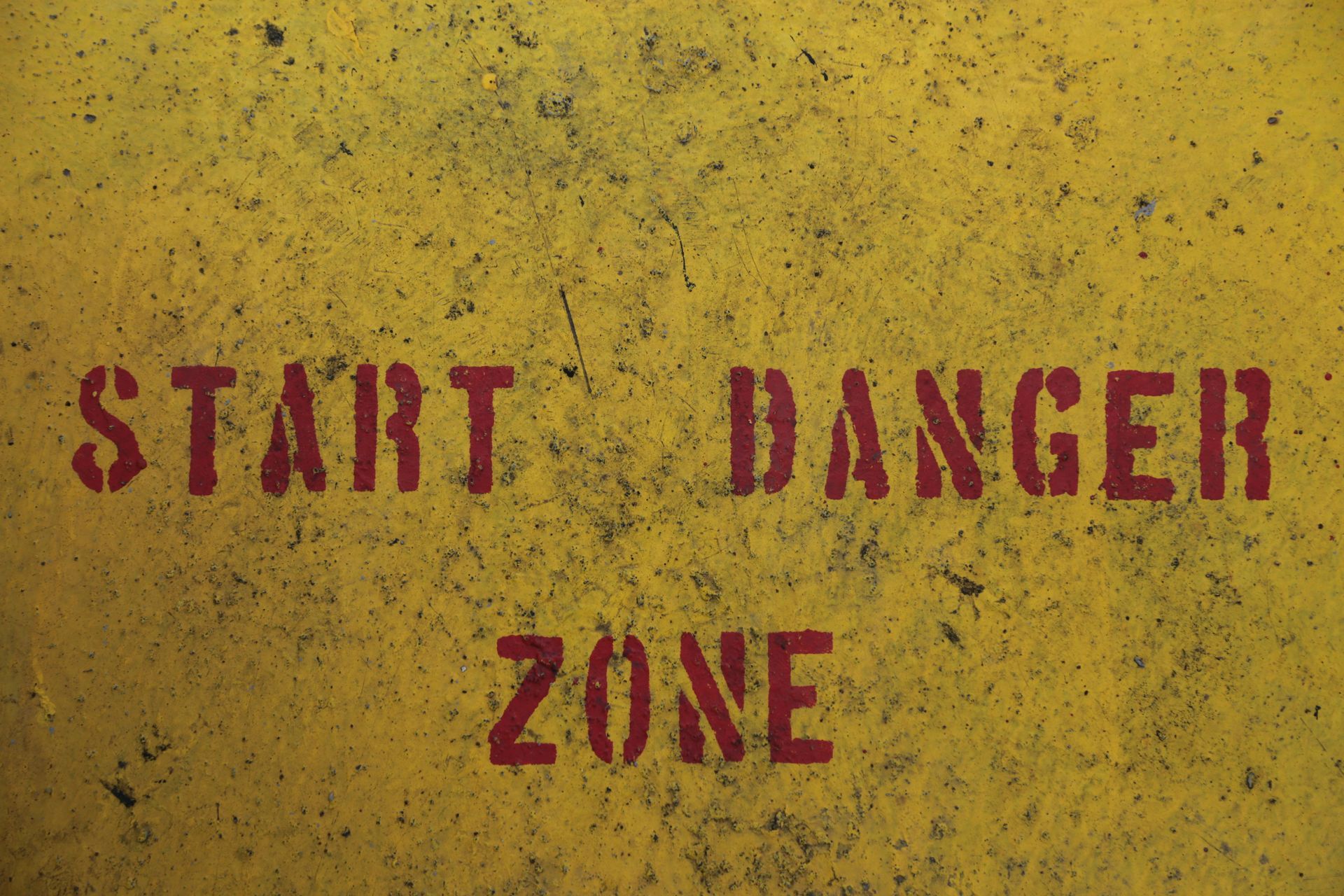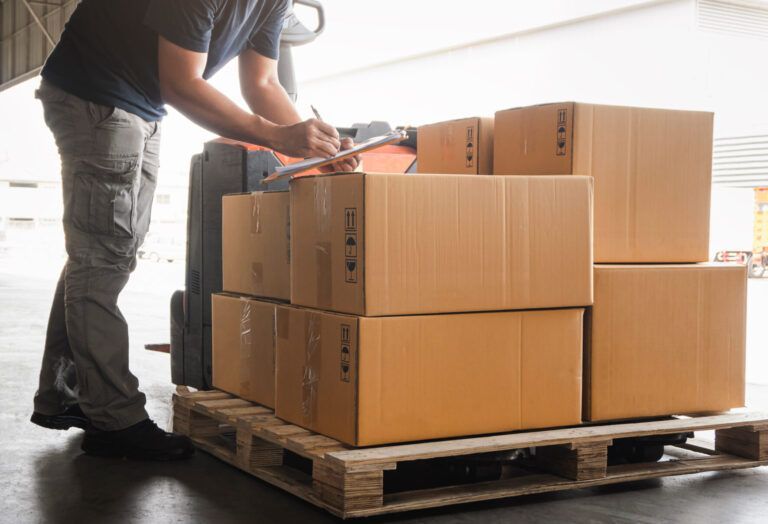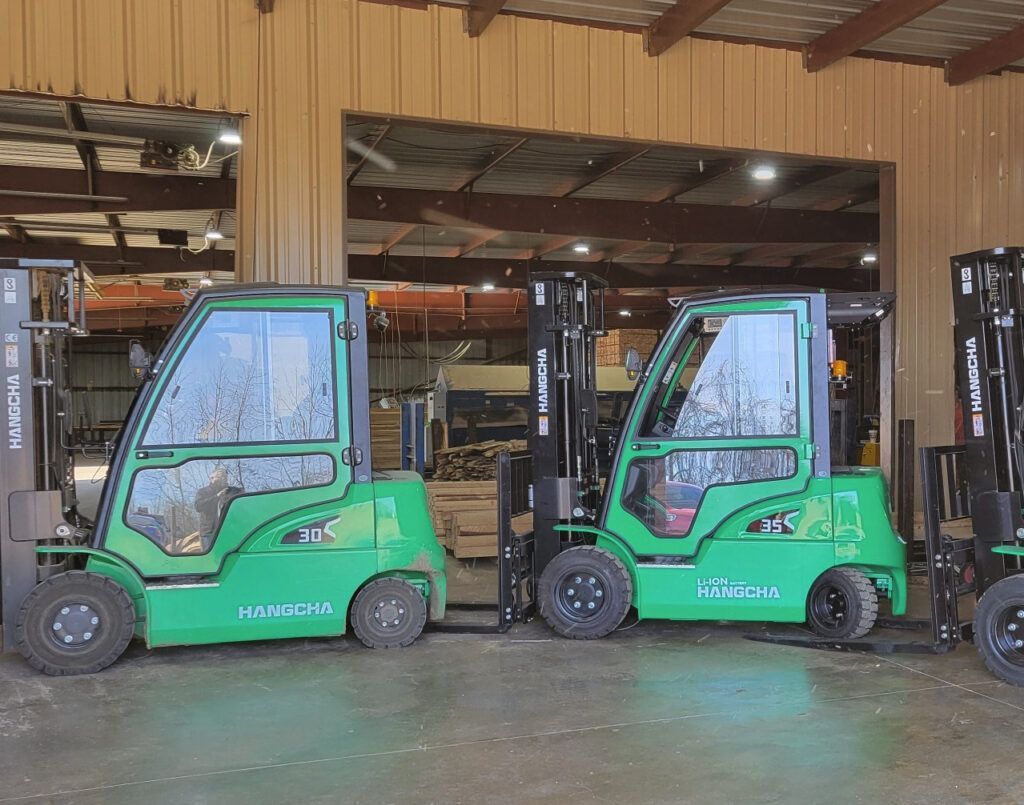Warehouse Pest Control Tips
The weather is warming up, the eCommerce business is booming, and warehouses are bigger than ever. This means that property owners and managers need to do everything they can to avoid pest and rodent infestations in their warehouses. This is especially important for food and beverage facilities as they face strict compliance guidelines.
An infestation isn’t just unsightly and unhygienic. Pests and rodents can also destroy inventory, carry disease, and cause costly work delays because of the downtime required for proper mitigation from pest control professionals. Understanding how to spot the signs of an infestation and prevent it in the first place is key to proper warehouse pest control.
Cockroaches: The Usual Suspect
Once you spot a live cockroach in your warehouse, it’s a sign that you already have a big problem on your hands. They leave plenty of evidence behind before they even come out into the light of day: Cockroach feces look like coffee grounds and can be a major clue that these pests set up shop in your facility. They also leave behind egg casings, a musty odor, and pathogens.
Just like humans (and many other pests), cockroaches need food, water, and shelter to survive — all of which are plentiful in your warehouse facility. A strategic, consistent cleaning plan goes a long way toward removing these temptations. Pay close attention to hotspots too, like trash receptacles and dumpster areas where trash or recyclables can overflow.
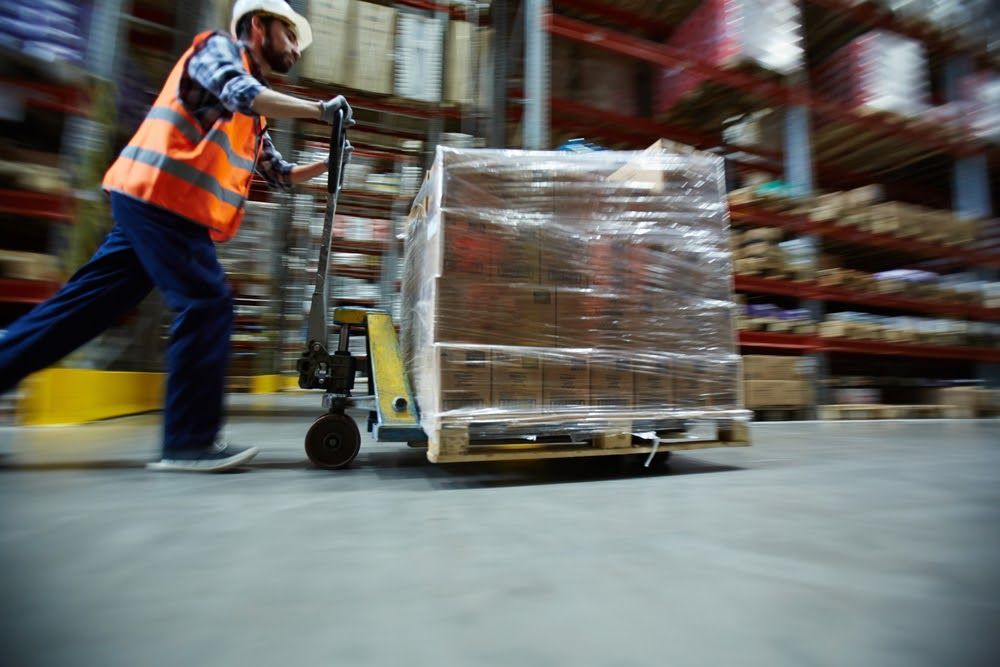
Birds: The Overlooked Pest
Your facility likely has plenty of high places for birds to nest in. Their flying and fluttering can be a distraction to employees, and their feces can become a real health hazard to your team and your products by spreading pathogens and creating safety challenges.
Check out the loading dock first to see how you can prevent birds from entering the warehouse in the first place. Keep loading dock doors closed when not in use, and enforce these practices among employees and truck drivers that load and unload on your docks. If you do need a professional to resolve an infestation, ensure that the birds in your local area aren’t a protected species and need special treatment for removal from your warehouse.
Flies: Common and Annoying
Even if you work hard to keep your warehouse clean with a consistent schedule, flies can still show up out of the blue. There are plenty of damp, dark corners that they can reside and live quite comfortably. The cracks, crevices, and opening doors make it nearly impossible to prevent flies from coming inside in the first place. Not only are they obnoxious, but they can also carry and spread diseases.
Focus on essentially anywhere that flies come from the outside world into your warehouse. That doesn’t just stop at poorly sealed windows and doors; it could also be drains, plumbing, HVAC vents, or trash chutes that lead to dumpsters. Put up signs that help with pest awareness in employee break rooms or trash collection areas to help remind your team about best practices.
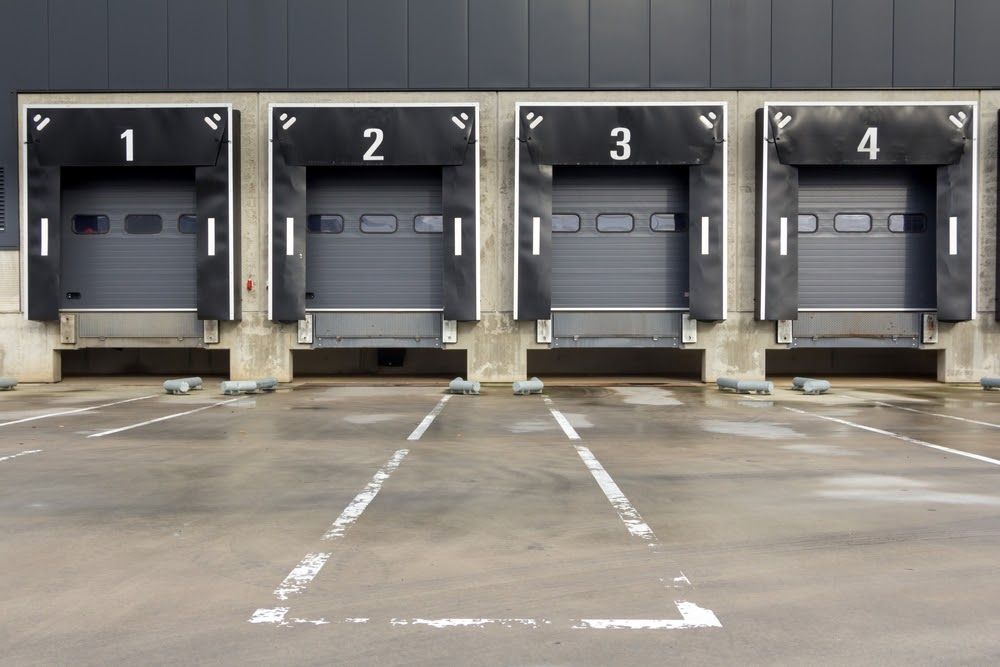
Rodents: Just Plain Gross
All rats need to enter your warehouse is a gap the size of a quarter and mice only need a dime-sized hole. Just like cockroaches, rodents can quickly become a large-scale issue in your facility. Their droppings can spread disease to employees, products, and even customers, and it’s these droppings that will alert you as to where those rodents are spending the most of their time in your warehouse.
Like with other pest infestations, the best and easiest way to prevent rodents from taking over is by stopping them from coming into your warehouse in the first place. Fill gaps and crevices, keep doors and windows closed securely. If your loading dock doors aren’t functioning properly, it’s time to call in an expert.
Proper warehouse equipment not only makes your operation more efficient, but also makes your business a safer place to work by preventing costly pest infestations. Whether you are building a whole new warehouse or keeping your old one in top shape, proper dock and doors save you time and money. Our on-site repair team is on call to fix any dock or door problem in your warehouse.
Ready to upgrade to help prevent pests from taking over? Let our experts design, procure, and install the right docks & doors for you. We provide sales, installation, service, and repair for the critical equipment in most warehouses — get in touch ASAP .
The post Warehouse Pest Control Tips appeared first on Benco Industrial Equipment.
